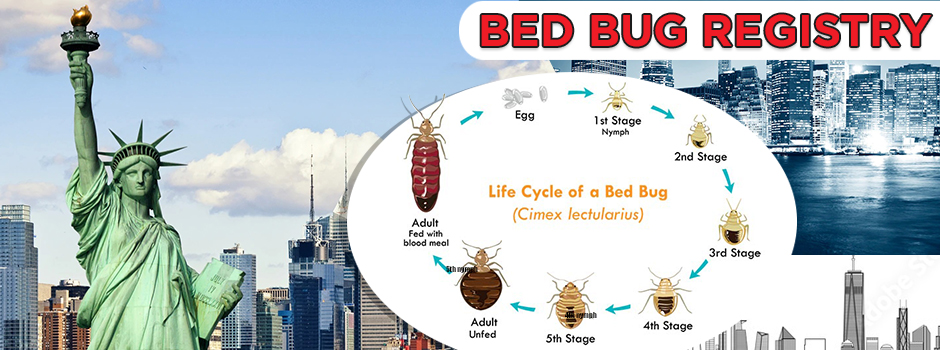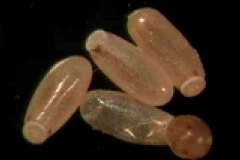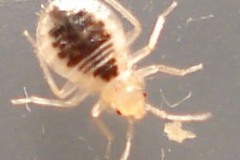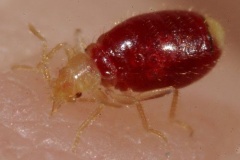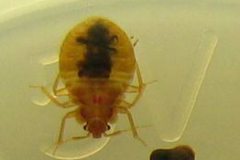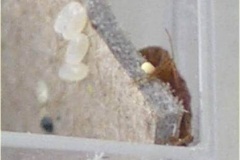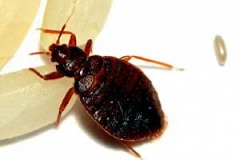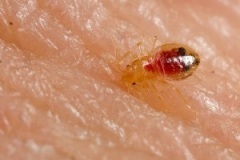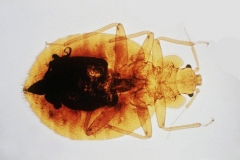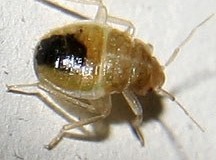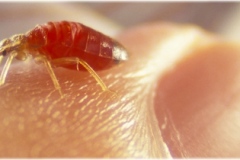Date Posted: February 14, 2017 Category: Bed Bugs, Maine Pest Control
One of the questions that we get asked regularly is whether or not there are bed bugs right here in our own backyard. The short answer is, Yes. Here in South Portland the potential for finding bed bugs in your home, hotel room, or even your dorm room is just as likely as anywhere else in the United States.
Once upon a time, not so long ago, bed bugs seemed to be almost a thing of the past. For most of us, it was just part of a rhyme that our grandparents might have said to us before we headed off to sleep. In the past decade or so, the bed bug has enjoyed a comeback, and they have done so with a vengeance. The Bed bug can now be found in every single state in the country. Their rapid spread can be attributed to the amount of time that Americans spend traveling from one place to another for school, business, or vacation as well as the fact that the bed bug might just be the worlds sneakiest hitchhiker.
How do I know if I have bed bugs? That is another fairly common question. Quite frequently homeowners have no idea that they have brought these pests into their homes until the bugs have set up housekeeping and begun to feed. Though the host never actually feels the bite, they can certainly feel the itchy rash that shows up within a few days or so. The best way to keep a home or business pest free is to be proactive. Periodically inspect your home with a flashlight in key spots where bed bugs might be and know what you are looking for.
The bed bug is a tiny, oval-shaped bug that is generally reddish-brown. It likes to hang out near the bed, so check particularly around the headboard, in the seams of mattresses, and between the sheets in that area. Besides the bugs, you might actually find tiny little white specs which could be eggs, or you could even find brown staining from bed bug waste or droplets of blood from their human host.
Though bedrooms are the most common areas to find them, bed bugs will also invade other areas of your home. Any soft area such as sofas, chairs, and carpets are at risk. Perhaps you will find them in a favorite chair in front of the television or even in a pets bedding. Check these areas very thoroughly. Also, bed bugs are known to hide behind electrical outlets in the wall, leaving black streaks running from the outlets when they do. They can be found in the cracks of hardwood floors, in wall voids, and in bathrooms, kitchens, and closets as well. They have even been found hiding inside laptops, televisions, stereos, and home computers too.
If you find any sign of these pests in your home, do not try to remove them yourself. It might seem like there are a lot of DIY tips out there, but these tips rarely work as a permanent solution and might be a danger to your family. Give us a call here at Big Blue Bug Solutions instead. Our staff is highly trained and ready to help answer any questions that you may have and will schedule an inspection of your home to pinpoint exactly where bed bugs might be hiding. Once all of the hiding spots are located, we have several fast, effective, safe bed bug solutions to choose from to completely eradicate these pests from your South Portland home.
Tags: bed bug signs | bed bug control in me | where to find bed bugs |
Read the original:
Are Bed Bugs In Maine? - bigbluebug.com

 Residence
Residence  Location
Location 
